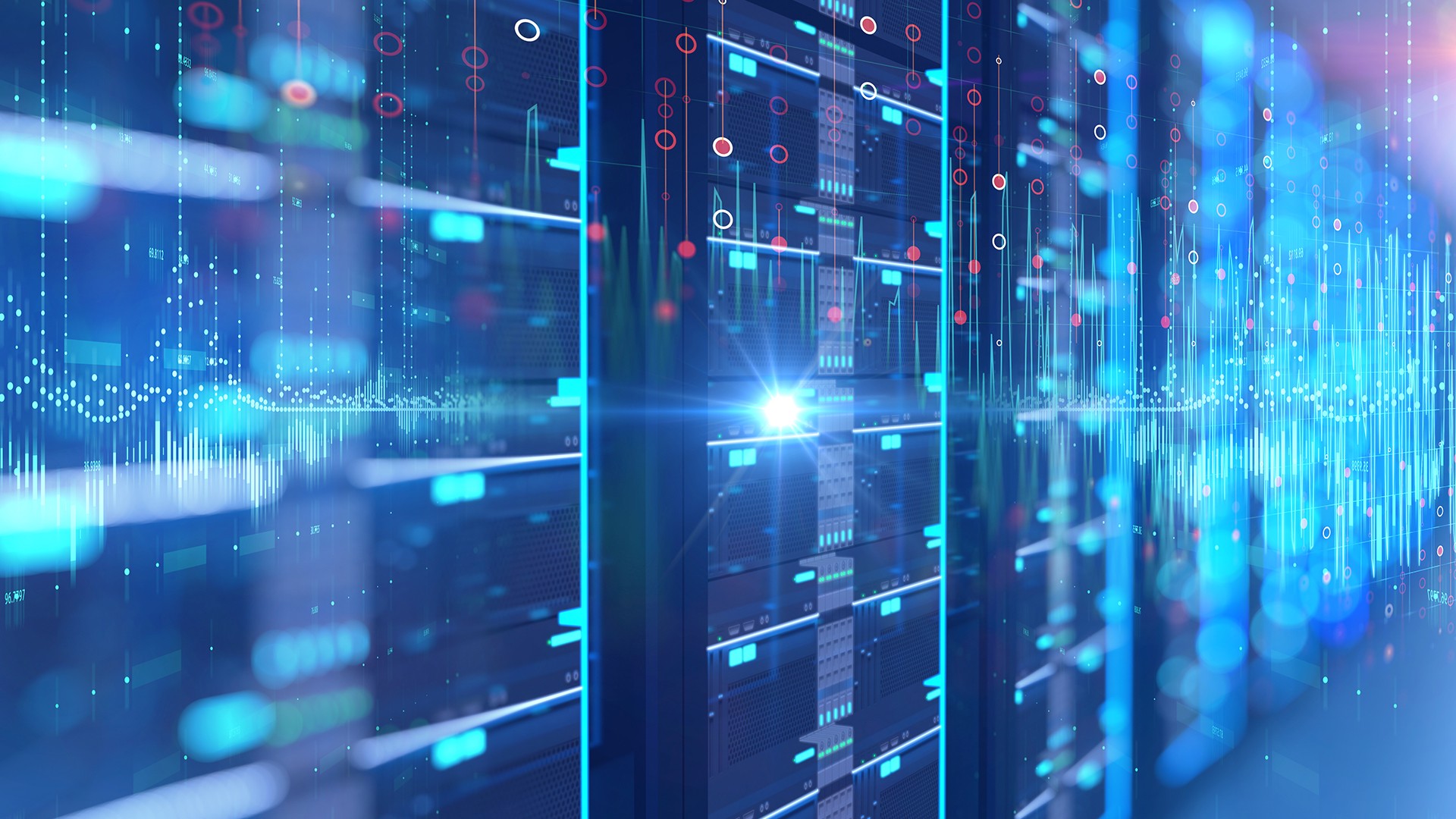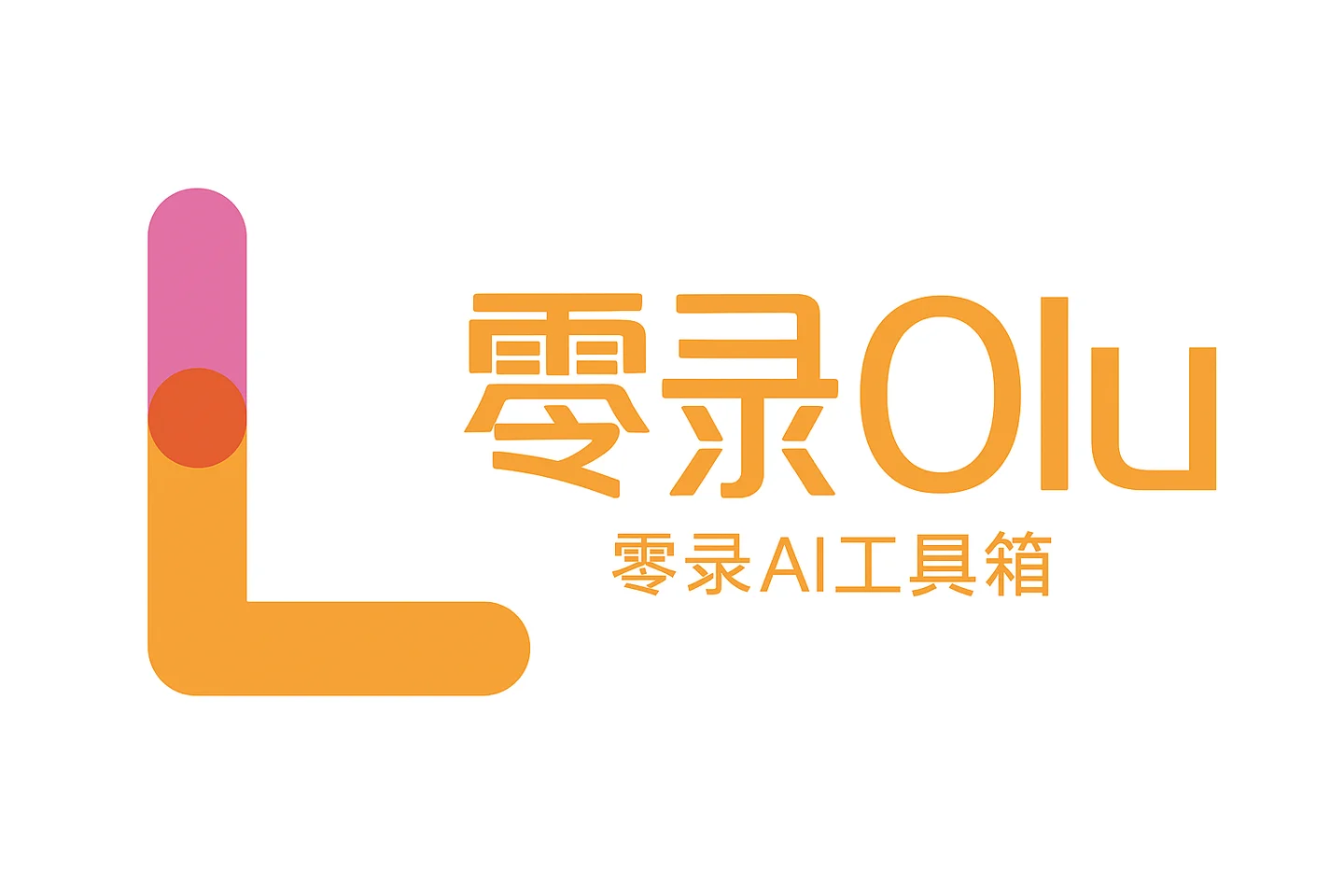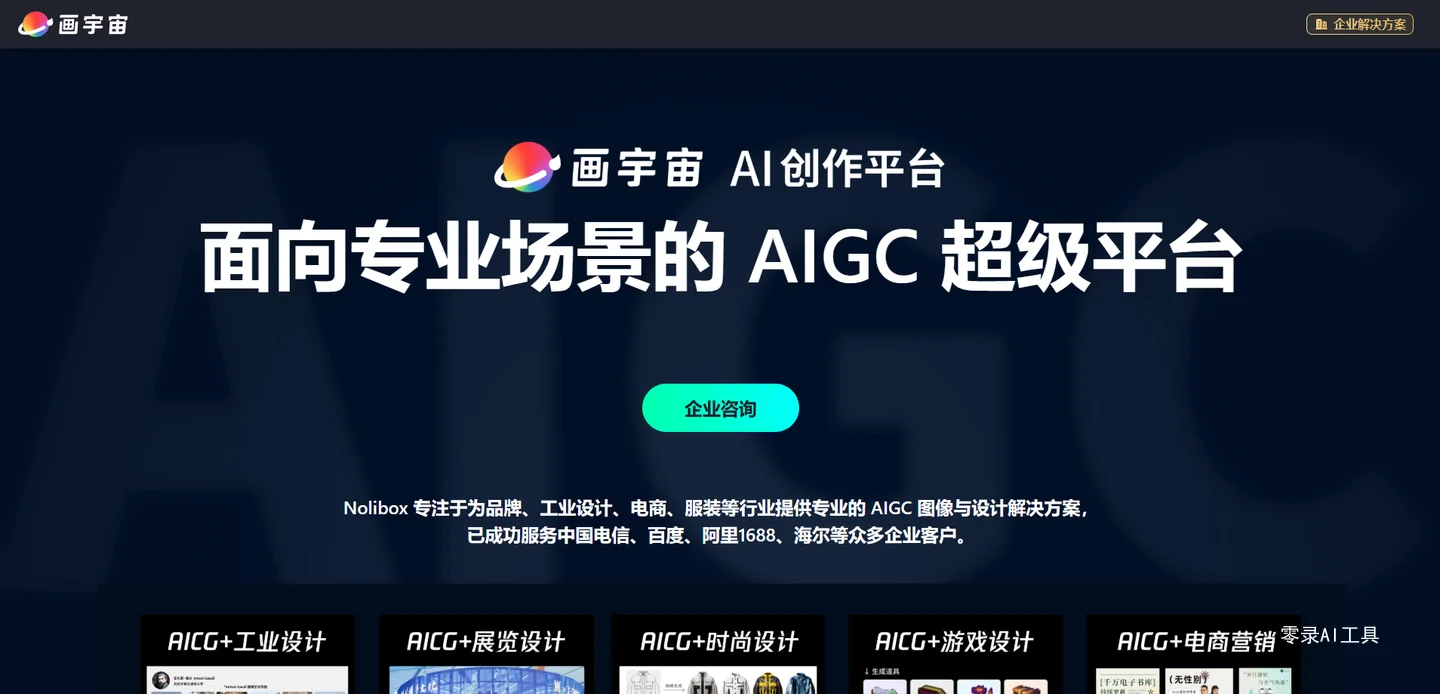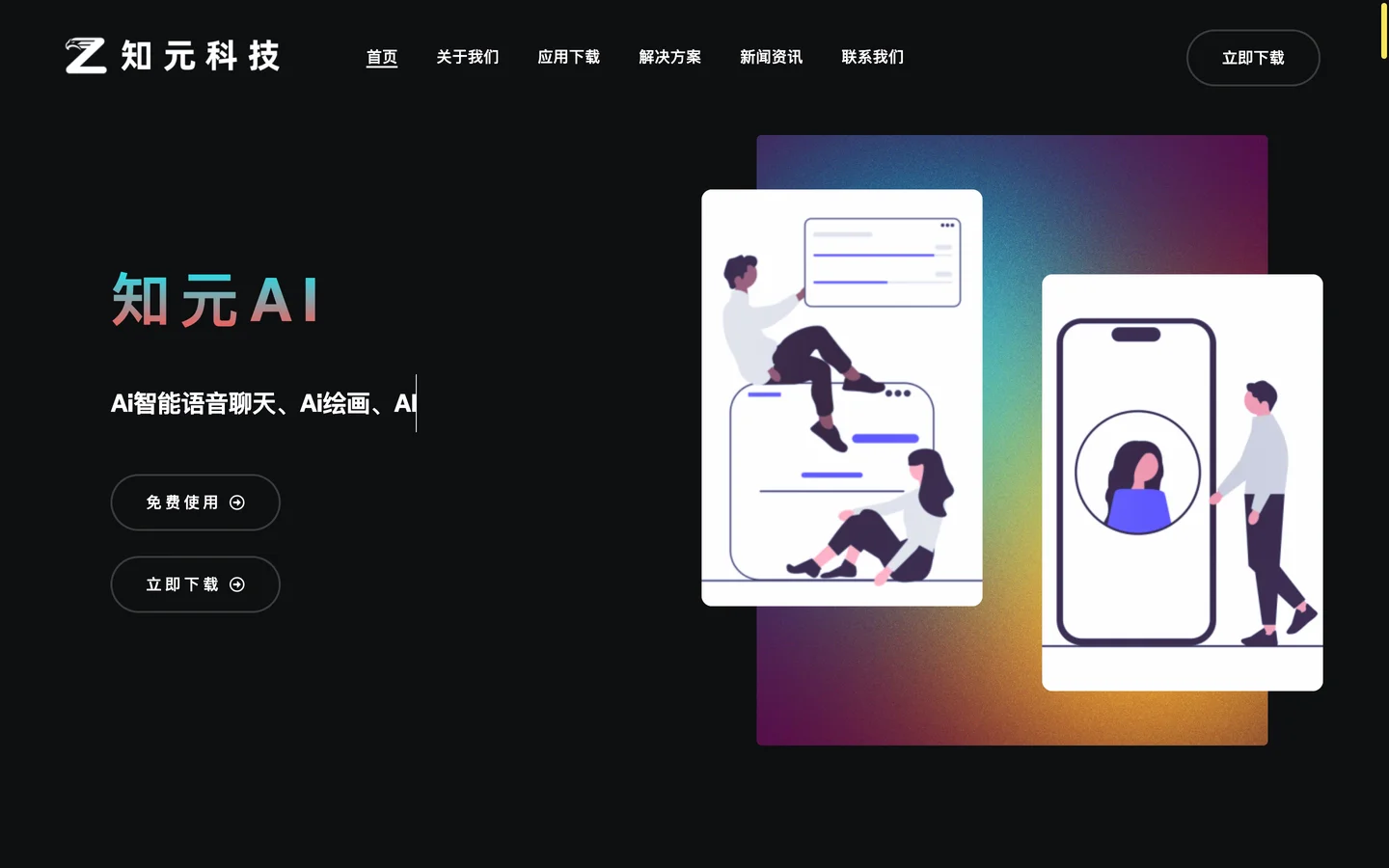Artificial Intelligence Enters the Classroom
In today's world, technology is advancing at a rapid pace, and one of the most remarkable developments is the rise of artificial intelligence (AI). AI is no longer just a concept in science fiction movies; it has started to make its way into our daily lives, and even the classrooms.
Recently, many schools around the world have been exploring the use of AI in education. For example, some teachers are using AI - powered software to grade students' essays. This software can quickly analyze the structure, grammar, and content of an essay and provide instant feedback to students. It not only saves teachers a lot of time but also helps students to get immediate guidance on how to improve their writing. Another example is the use of intelligent tutoring systems. These systems can adapt to each student's learning pace and style. If a student is having trouble understanding a math concept, the AI - based tutoring system can provide more explanations, examples, and practice problems tailored to that student's needs.
The impact of AI in education is significant. On one hand, it can make learning more personalized. Every student is unique, and AI can help to meet their individual learning requirements. This may lead to better academic performance for students. On the other hand, it can free up teachers' time. Teachers can then use this extra time to focus on more in - depth interactions with students, such as discussing complex ideas and providing emotional support.
However, there are also challenges. Some people worry that students may become too reliant on AI and lose their own critical thinking and problem - solving abilities. For instance, if an AI system always corrects a student's grammar mistakes without the student really understanding why it is wrong, the student may not learn from the error. Also, there are concerns about the accuracy of AI - generated feedback. Sometimes, the AI system may make mistakes or not fully understand the context of a student's work.
In conclusion, AI in education is a double - edged sword. While it offers great potential to enhance the learning experience, we need to use it wisely and be aware of its potential drawbacks. As technology continues to evolve, it is important for both educators and students to adapt and make the best use of these new tools.
人工智能走进课堂
在当今世界,科技飞速发展,其中最引人注目的发展之一就是人工智能(AI)的兴起。人工智能不再仅仅是科幻电影中的概念,它已经开始融入我们的日常生活,甚至走进了课堂。
最近,全球许多学校都在探索人工智能在教育中的应用。例如,一些教师正在使用人工智能驱动的软件为学生的作文打分。这个软件可以快速分析作文的结构、语法和内容,并立即向学生提供反馈。它不仅为教师节省了大量时间,还帮助学生立即获得关于如何改进写作的指导。另一个例子是智能辅导系统的使用。这些系统可以适应每个学生的学习节奏和风格。如果一个学生在理解某个数学概念上有困难,基于人工智能的辅导系统可以根据该学生的需求提供更多的解释、例子和练习题。
人工智能在教育中的影响是巨大的。一方面,它可以使学习更加个性化。每个学生都是独一无二的,人工智能可以帮助满足他们的个人学习需求。这可能会让学生在学业上取得更好的成绩。另一方面,它可以节省教师的时间。然后,教师可以利用这些额外的时间专注于与学生进行更深入的互动,比如讨论复杂的想法和提供情感支持。
然而,也存在挑战。一些人担心学生可能会过度依赖人工智能,从而失去自己的批判性思维和解决问题的能力。例如,如果一个人工智能系统总是纠正学生的语法错误,而学生并不真正理解为什么错了,那么学生可能无法从错误中学习。此外,人们还担心人工智能生成的反馈的准确性。有时,人工智能系统可能会出错,或者不能完全理解学生作业的背景。
总之,人工智能在教育中是一把双刃剑。虽然它为提升学习体验提供了巨大的潜力,但我们需要明智地使用它,并意识到它的潜在缺点。随着技术的不断发展,教育工作者和学生都必须适应并充分利用这些新工具。
考点解析
- 词汇积累
 “grade”:常见意思为 “年级”,在本文中作动词,意为 “评分”,这是一词多义的考点。
“grade”:常见意思为 “年级”,在本文中作动词,意为 “评分”,这是一词多义的考点。- 语法知识
“It not only saves teachers a lot of time but also helps students to get immediate guidance...”:此句运用了 “not only... but also...” 结构,连接两个并列的谓语动词,强调了人工智能软件的两个作用。这是初中英语中的重点语法结构,要求学生掌握其用法和连接并列成分时的主谓一致问题。
- 阅读理解
文章理解:学生需要理解文章整体的主旨,即人工智能在教育领域的应用情况,包括其应用实例、带来的影响以及面临的挑战。
对英语阅读、写作、翻译的提升有很大帮助!
记得“点赞”喜欢记得“分享”和点个“在看”




